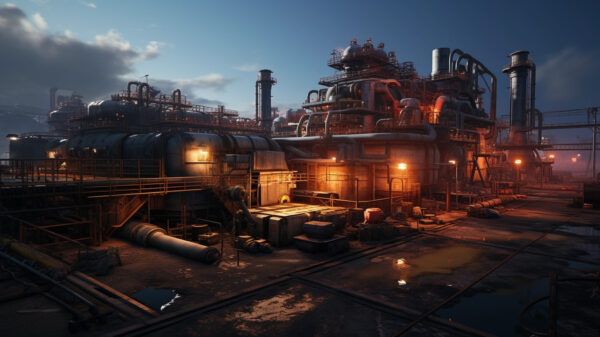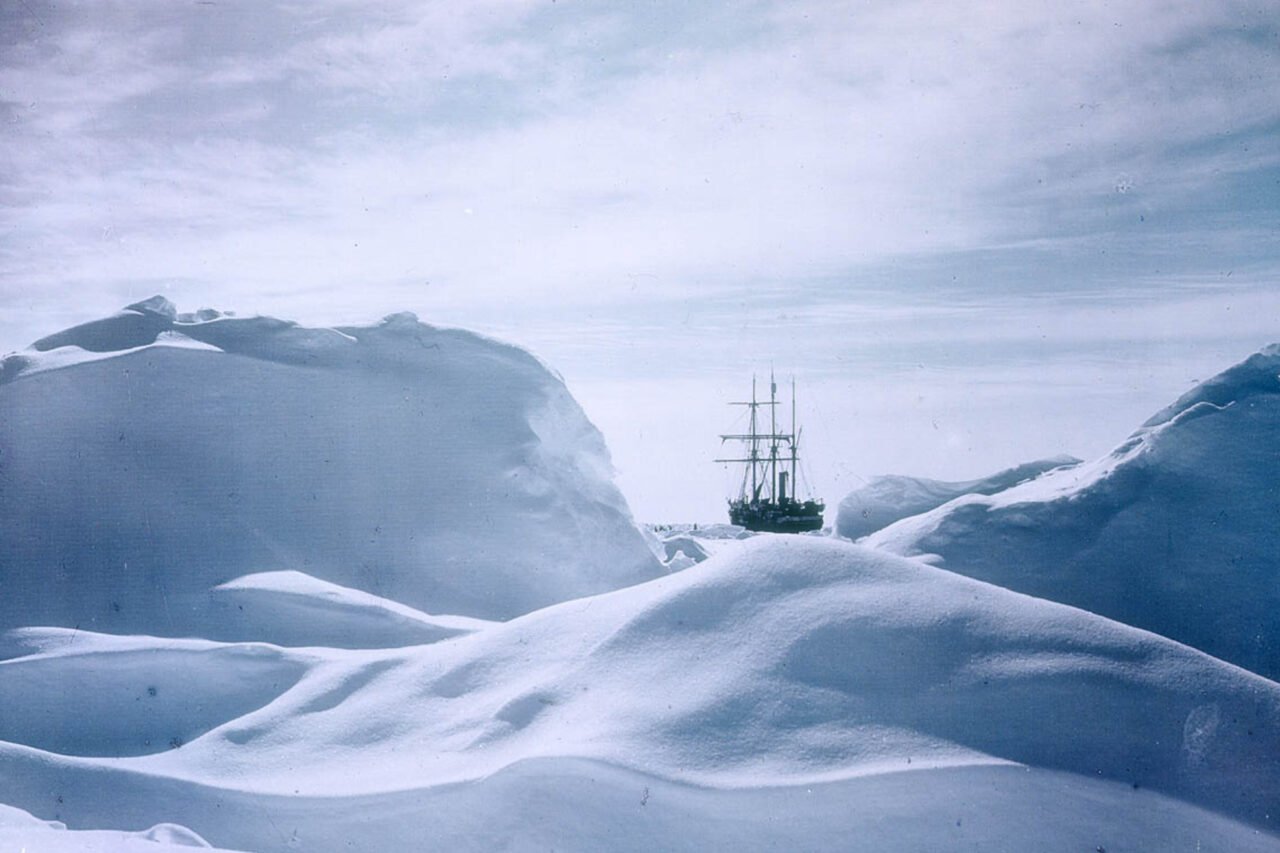The shipwreck of the Endurance, led by British polar explorer Sir Ernest Henry Shackleton in 1915, has long been celebrated as a remarkable survival story. New research from Jukka Tuhkuri, a polar explorer and researcher at Aalto University in Finland, challenges this narrative, revealing that the Endurance was less resilient than previously thought and that Shackleton was aware of its structural weaknesses before embarking on the expedition.
Structural Deficiencies Uncovered
Published in the journal Polar Record, Tuhkuri’s study combines technical analysis with archival research to cast doubt on the belief that the Endurance was the strongest polar ship of its era. According to Tuhkuri, simple structural analysis demonstrates that the vessel was not adequately designed for the compressive conditions of pack ice, which ultimately led to its sinking.
“Even simple structural analysis shows that the ship was not designed for the compressive pack ice conditions that eventually sank it,” Tuhkuri stated in a press release. “The danger of moving ice and compressive loads—and how to design a ship for such conditions—was well understood before the ship sailed south.” This raises critical questions about why Shackleton opted for a vessel that lacked the necessary fortifications.
Tuhkuri points out that the Endurance had several structural deficiencies compared to other Antarctic vessels. The deck beams and frames were weaker, the machine compartment was longer, thus compromising the hull, and there were no diagonal beams to provide additional strength. “This challenges the romantic narrative that it was the strongest polar ship of its time,” he added.
Shackleton’s Decision-Making
Despite examining Shackleton’s diaries and personal correspondence, Tuhkuri could not definitively determine why Shackleton chose to sail with the Endurance. Interestingly, Shackleton had expressed concerns about the ship’s condition, even wishing for a previous vessel before the expedition commenced. Tuhkuri notes, “He had recommended diagonal beams for another polar ship when visiting a Norwegian shipyard. That same ship got stuck in compression ice for months and survived it.”
This leads to an intriguing question: Was the Endurance simply ill-fated, or were poor decisions at the core of its demise? While Tuhkuri refrains from providing a conclusive answer, he emphasizes that his research aims to enrich the understanding of the vessel’s history without undermining Shackleton’s remarkable achievements. “We can speculate about financial pressures or time constraints, but the truth is we may never know why Shackleton made the choices that he made,” he remarked.
As the centenary of Shackleton’s expedition approaches, this new perspective adds depth to an enduring tale of human resilience and exploration. The findings not only challenge existing assumptions about the Endurance but also invite further reflection on the complexities of leadership and decision-making in the face of formidable challenges.







































































